Black and White photography, two simple colors, sounds easy enough – right? The color guys, now they are the ones that have it rough. CMYK, RGB, HEX – the acronyms alone are enough to drive a photographer mad! Hell, you can write a Masters-Thesis on color….so why not take the easy road and stick with one basic tone?!
But let’s think about this Color vs. Monotone photography thing for a second…it may not be as simple as Black and White (see what I did there?). The two colors, Black and white, could not be more-contrasting. They are literally at the opposite ends of the spectrum. Maybe we need color in our photographs to keep Black and White in check? Maybe color is the mediator between these two very opposing forces and when removed you’re left with the bare bones of the photograph for the entire world to see…your skill as a photographer exposed (for lack of a better term). We’ve all seen the power of a successful black and white image and we know, albeit a difficult tool to master, that it can be done. There are images that just seem to translate better in Black and White, so this brings up a good question…when does an artist decide that a photograph is worth the effort of converting to Monotone?
Like all other skills you and I master, to understand the “when”, we must first understand the “how”. Obviously the components of a successful Black and White Image are far too numerous to list….like I said, you can probably write a Masters-Thesis on the subject. So for the sake of time I’ve tried to narrow down my personal approach of B&W Photography to “The Three Powers” of a Successful Photographer.
First and foremost is The Power of Good Exposure. I cannot stress how important it is to understand exposure on an intimate level. I am not talking about learning what an “F-Stop” is or what ISO you are at. Don’t get me wrong, those are important, but I’m talking about something much deeper here. You need to come to an understanding that your camera is stupid…its “intelligence” is nothing more than a stream of bits and bytes running through a processor. It cannot plan for every scenario and you must learn when (and how) to overwrite what it’s telling you the “perfect” exposure is. Exposing a photograph in the snow is a good example of when you need to take a step back and question what your camera is telling you. Knowing when and how to overwrite a camera’s logic is integral to taking the perfect black and white photo.
The second step to successful B&W Photography is The Power of Good Light. Light is the only thing that a Monotone Photograph has going for it. The dance of blinding-white and sharp-black tones can create contrast and textures that get lost in color photography. By learning to notice interesting light you begin to see things in a different perspective. Toy Photography is excellent for taking advantage of good light because we work on a very small scale. A landscape photographer can have a scene ruined with harsh light but a small amount of shade at high noon can become a whole new world for your Lego. It may take a little practice but once you begin noticing good light then you are well on your way to dynamic black and white photography.
The next power is one that we all can get lazy on; however, this is where I firmly believe that the creative artist can truly be released into a photograph. It’s difficult to master and extremely time-consuming but The Power of Post Processing cannot be underestimated. No matter how well you expose your photograph, or how perfect the light may be…a photo can *always* benefit from post processing. I’m not going to get into my disdain for apps and filters. In a pinch, they’ll do. I love shooting “in the moment” and sometimes they’re convenient and can get the job done…but if I have a free second I will take it and run a photo through Photoshop. While Photoshop can be intimidating, its power with Black and White Photography is second to none. Show me a photographer that understands layers and who can “burn” and “dodge” and I will show you a successful Monotone Photographer. It will take some time to understand and there will be some frustrations along the way but you will eventually arise victorious and become a better photographer for doing so.
Lastly, what I am about to tell you, may go against everything you believe about when to process a photo in black and white. It’s very important that you understand — Black and White photography is not an excuse for fixing bad color….it’s about eliminating bad color. As contradictory as that sounds, it’s as true as an arrow from Robin Hood’s Quiver. Let me explain. Color is everywhere and it has a profound impact on our sub-conscious. It can make us feel anxious, happy, sad, cold, impulsive or nostalgic at a moment’s notice. It is a force to be reckoned with and has potential to be extremely distracting. By eliminating color we eliminate distractions effectively drawing more focus onto the subject matter of the photograph. Not all photos work well in Black and White. The magic happens when light and shadow dance in harmony because of powerful exposure, when crisp white highlights lean against deep black shadows because we notice contrasting light and when textures jump from the page because we “burn” in the detail with post-processing. It’s in those moments when you take a picture with deep contrasting light and exciting texture that you should consider playing with black and white. Like anything worthwhile, Black and White photography takes practice and patience so take advantage of the digital age and have your camera bag with you wherever you go.
Until next time…
Happy Shooting!
When do you employ the Black and White technique on your toy photographs?


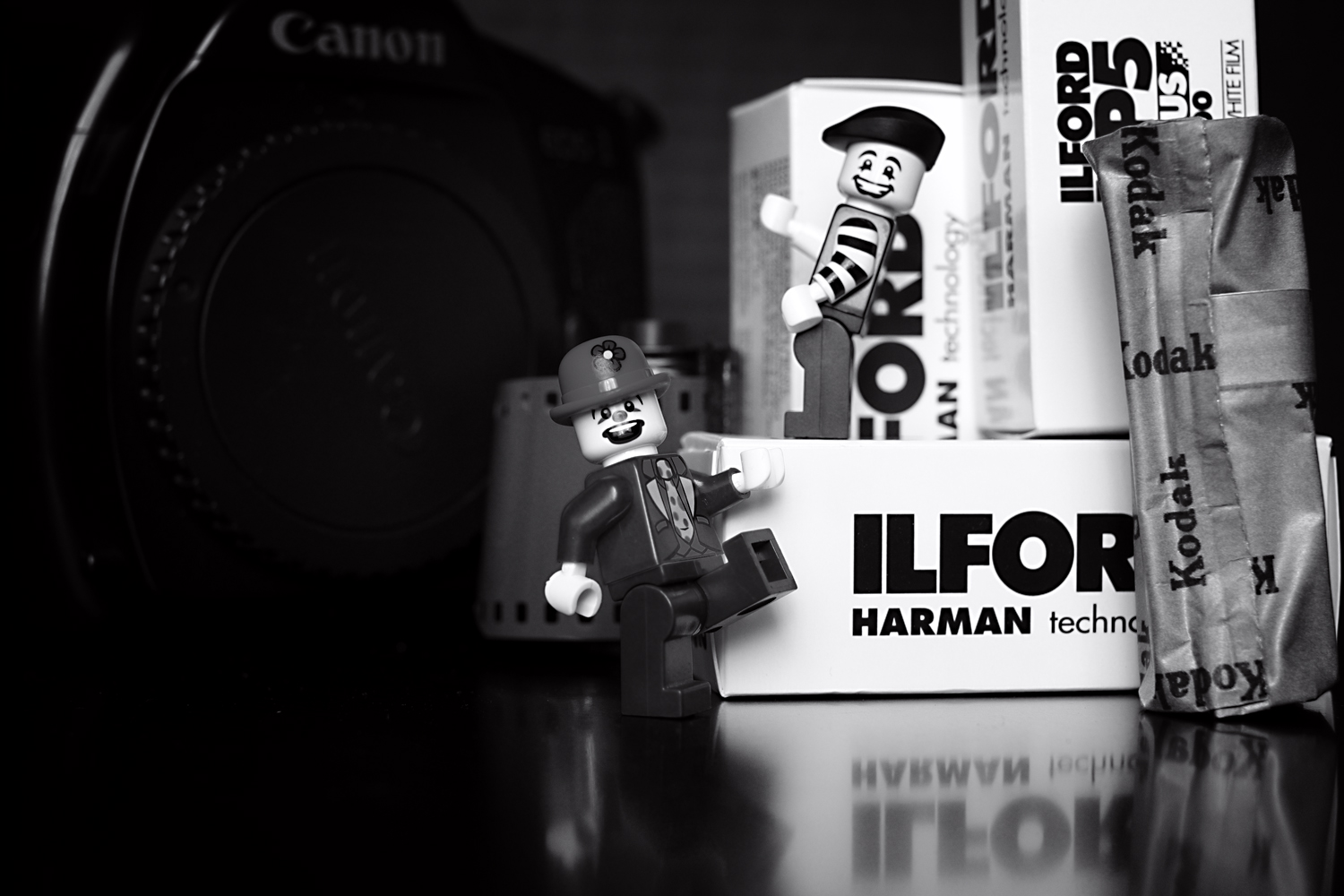




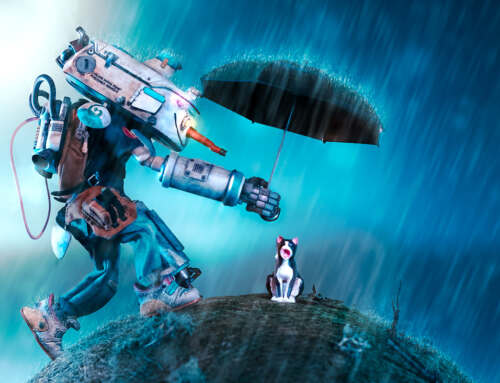
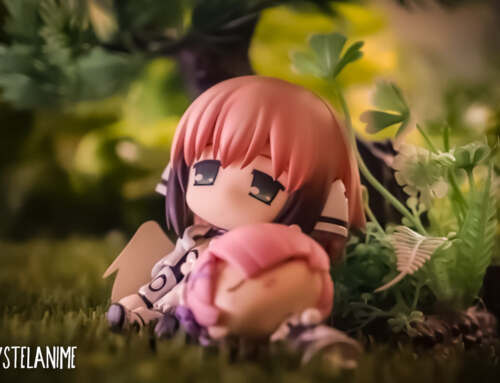
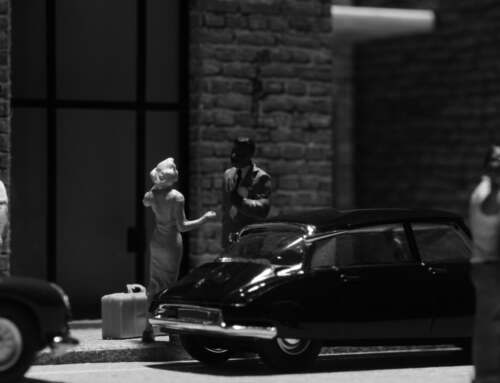
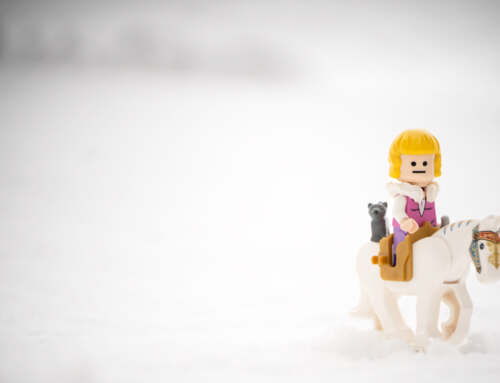
Love that post, it’s great food for thought. It’s a topic I’ve thought a lot recently. I can feel deeply excited about B&W photography, particularly when I have the chance to see a photo exhibition with some great B&W photos. However I have a lot of difficulties producing similar photos. Maybe it’s because I’m too lazy to spend time post-processing photos and still need to learn how to edit a good B&W photo. Or maybe simply because I see the world in color, and more importantly remember it as such. I wonder could it be more about why to make B&W photos rather than how?
Thanks for sharing this Krash. I never got my thoughts down and you have been heroically thorough here. I’m glad to see we share similar views, even if we word them differently. I’m curious to know if you capture black and white with an in camera setting or do you do mainly in processing?
I went out one having set my camera to black and white one, but honestly, it was too soon. I was still trying to learn about my camera itself. I ended up with a couple of keepers, but they were more ‘acceptable’ rather that ‘stunning.’
Thank you for this post, there a tips in it a Monotone virgin can use, to make great Monotone photos.
I have made them before, but they often happend because I had a bad photo and I experimented with the photo in PSE.
Such a great post mate! Another one to add to my to-do-list.